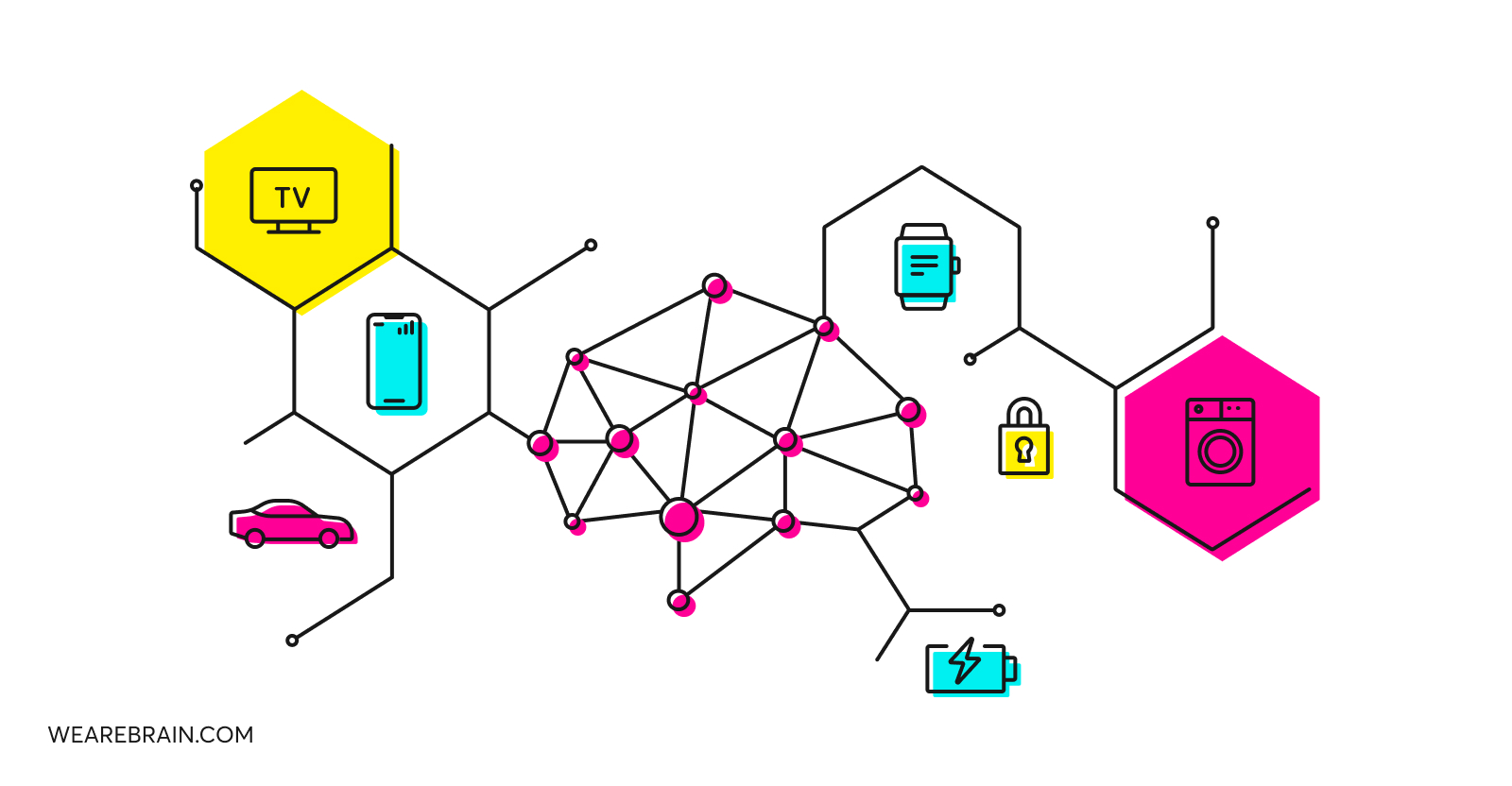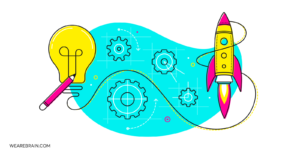AIoT 101: a quick rundown for newbies

The world is moving toward on-site computation and real-time data processing functionality. It seems every device we come into contact with is becoming smarter, better, and faster. Fridges and toasters can now connect to the internet and perform functions far more elaborate than simply keeping your perishables fresh and your bread toasted. Internet of Things (IoT) devices connect to the internet to either receive data from a centralised cloud, or to deliver information back to the cloud.
Some of these devices create vast amounts of data during their lifespan which means we need a reliable and efficient way to process this data to generate meaningful and actionable insights: enter AIoT.
What is AIoT?
Artificial Intelligence of Things (AIoT) combines Artificial Intelligence (AI) technologies with the Internet of Things (IoT) infrastructure to generate more advanced and efficient processing operations. AI is able to gather, store, and present actionable insights in real-time from the large volumes of data that IoT devices collect (about 1 billion GB every day). This IoT data is refined into useful information for improved decision-making processes.
The merger between these two technologies enhances the capabilities of each: IoT boosts AI through interconnectivity, data exchange, and signaling, while AI adds value to IoT through its Machine Learning (ML) capabilities. Thus, AIoT provides intelligent and connected systems that are able to self-correct and self-heal. Additionally, AIoT improves interactions between humans and machines, making data management and analytics more efficient.
How does AIoT work exactly?
AI is fixed into the device infrastructure, including chipsets, programs, and edge computing that are all connected via IoT networks. To ensure all device, platform, and software components are able to operate together in an ecosystem, APIs are used to unify all the required processing. From this, the APIs focus on optimising both system and network operations while drawing value from the resulting data.
A major driving factor to this technology is the rollout of 5G which will enable faster transfer of large volumes of data across IoT devices. This is paving the way for smart homes, offices, and cities powered by sensor-driven devices as AI’s intervention in this tech allows for automated processes of Big Data at a much larger scale.
How does AIoT improve our lives?
AIoT is poised to benefit humanity in many exciting and influential ways. Indeed, the future is bright for this emerging technology, but we are reaping the benefits of its early stages of development right now: wearables and smart homes.
Wearables
Most people are either familiar with or are currently utilising wearable devices such as smartwatches, smart glasses, and VR/AR headsets. The capabilities of these devices are boosted by AIoT technology, which allows us to track our energy and fitness levels, sleep duration and quality, and calorie burning in real-time. The healthcare sector is benefiting a lot from these devices, allowing for remote patient care from healthcare practitioners who are able to monitor patients’ health virtually.
Google Glasses are changing the way we perceive and interact with the world around us, giving us instant insight into interconnected devices while being able to book a dinner reservation while talking to someone. AIoT is making our lives easier and more efficient thanks to the advances in wearable devices utilising AIoT technology.
Smart homes
Despite not being an altogether new phenomenon, smart homes are experiencing an explosion in their capabilities thanks to the sophisticated input of AI into the tech. Thanks to AIoT, smart appliances like fridges, microwaves, heating and cooling systems, faucets, and even window blinds can be operated from a single device. But AI takes it a step further by storing and learning the data to understand users’ habits to provide customised support and operations (i.e. homeowners can set the gauges to their desires once and AI will learn to repeat the processes each time they are used).
Apart from this ease of living provided by AIoT, home energy use can be streamlined in efficiency when operated by smart technology such as AI. This reduces energy consumption dramatically, saving money.
What’s next for AIoT?
The above shows the foundation phase of AIoT technologies, but expect to see more finesse and sophistication being rolled out on a large scale very, very soon.
Smart cities
The concept of smart cities is quickly moving from the realm of science-fiction to reality thanks to AIoT technology. From public safety and energy efficiency to integrated public transport systems, cities are quickly benefiting from automated solutions and interconnected devices.
Smart hospitals
AI, ML, deep learning, and RPA are paving the way for a re-engineering of healthcare systems. Smart hospitals are utilising IoT connected technologies and robotics to deliver a new age of health support and treatment. We are beginning to see the emergence of various IoT devices and applications designed for the healthcare sector, including sensors and apps for telemedicine consultations and remote healthcare monitoring. Some traditional medical devices are being designed with AI and ML technologies, for example smart asthma inhalers among others. In this regard, AIoT is helping to improve healthcare via real-time patient monitoring (wearables), advanced diagnostics through smart image analysis, and robotic surgery.
Smart industry
The reduction of human error and automated processes is a powerful combination for industries that operate on a ‘time is money’ scale: which is most. AIoT’s real-time processing allows for efficient data analytics to provide immediate overviews of processes from one centralised dashboard. And AIoT is proving to be a cost-saving technology, too: supply-chain sensors and smart devices help to prevent errors and oversights. Much like automation has revolutionised the workplace, it is setting its sights on major industries with the same goal.
What industries are benefiting most from AIoT?
AIoT is projected to be a major change-catalyst for all global industries in the years to come and is already enhancing the capabilities of a few top industries today. The healthcare, construction, manufacturing, energy, and customer service industries are already enjoying the efficiency and real-time data processing capabilities to improve people’s lives.
For more detail, read our article outlining the top 5 industries benefiting most from AIoT.
Summary
IoT devices have proven to be a global game-changer, but the combination of artificial intelligence is set to revolutionise all major industries, and by association our lives, in the coming years. AI’s ability to track, store, and synthesise Big Data generated from IoT devices is a gigantic step forward in our ability to simplify and improve our lives with the help of automation.
Elvire Jaspers
Working Machines
An executive’s guide to AI and Intelligent Automation. Working Machines takes a look at how the renewed vigour for the development of Artificial Intelligence and Intelligent Automation technology has begun to change how businesses operate.







